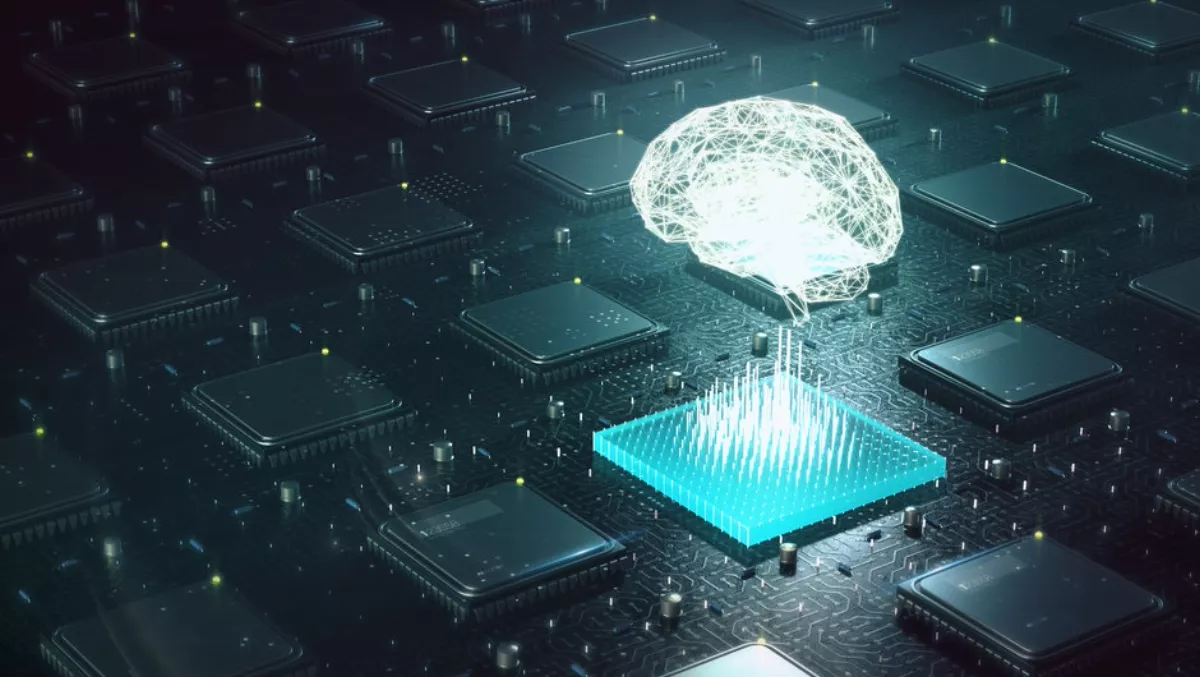
Axis: How artificial intelligence will impact security
Some people expect AI to eventually become a game-changer in surveillance solutions and it is easy to understand why.
AI systems are able to analyse huge amounts of data, which is advantageous when an employee has to review hours of surveillance images.
For example, by 'learning' how an observed object moves, how tall or small it is, whether it has two arms and two legs and how fast it is going, the AI application ranks the information and decides whether it is probable that the object is human.
The system can also be programmed to tell you in what direction the object is moving and whether there is more than one object.
This kind of functionality is common in the field of safety and security today.
Artificial Intelligence, Machine learning and Deep Learning
AI is the act of simulating any intellectual task.
An essential component of AI is Machine learning (ML) and sometimes the two expressions are used interchangeably – but they are not the same.
AI uses algorithms to go through data, learn from it, and then make predictions.
However, to mimic the complex human brain a computer needs lots of training.
So-called Deep Learning (DL) is an advanced way of implementing ML, but it requires lots of data, advanced classifications and several layers of analysis to produce 'deeper' knowledge.
A compute-intensive model, DL is today mostly run on servers with multiple GPU processors, but when edge devices increase their computing capacity, some applications will probably move there in the future.
AI in surveillance – design with a purpose
A surveillance solution – with or without AI – is rarely an off-the-shelf solution, since every business and every premise is unique.
Understanding the primary purpose of the system and how the footage eventually might be used is essential.
Image usability can only be achieved if the system has been adapted to the specific conditions of the premises and if it is properly maintained.
To succeed, the primary focus therefore cannot be on the technology, but always on the solution of a particular use case.
Only as part of a complete and well-designed solution, where human expertise has taken all kinds of considerations into account, can AI offer great opportunities within surveillance.
AI in surveillance – advantages
Whenever there is a need to process and analyse huge amounts of data, computers beat humans.
A well-trained AI can take this to an even higher level of data and image analysis.
This functionality can be of practical use in many applications.
Safety - security
AI has lots of potential for crime prevention and crime solving.
An AI system can, if properly set up and configured, quickly correlate events detected in several hours of video material from several sources.
In other cases, a company might benefit from more direct intervention – a surveillance system using AI can trigger a direct alarm, where a potential burglar can be 'told off' before the crime has even been committed.
Business optimisation - smart cities
AI also has the potential to make current systems more precise, allowing for smoother flow in a shopping mall or on a heavily trafficked road.
Through surveillance systems with AI, if run on several servers, you can detect unusual behaviour patterns and use the data to optimise operational efficiency in retail.
It also allows operators to surveil major highways, allowing for a controlled flow of traffic and quick responses to incident reports.
AI in surveillance: challenges
It is easy to get carried away by the potential of AI in a range of applications, such as improvement of configuration, system optimisation, site design, image configuration, and device management.
However, there are still fundamental challenges that need to be solved.
Human experience beats AI
An AI application can successfully detect a 'running person' but, unlike humans who can put the data into a vital context, it cannot know why that person is running – to catch the bus or because he has just robbed the bank?
Despite promises from companies using AI in surveillance applications, a computer cannot yet understand what it sees on video with the same insight as a human.
This lack of precision is why today's AI systems are mostly used as decision support.
Quality of the data
Image usability is, as always, of the greatest importance.
Without 'raw material' in terms of high-quality footage and video, an AI system cannot analyse anything.
If the cameras cannot handle challenging light or if the angles are wrong, the AI either has nothing to analyse or it will jump to the wrong conclusions.
An active environment with trees blowing in the wind, or a person carrying something that the AI system considers irregular, can trigger many false alarms.
Therefore, the AI can be used to roughly determine how relevant an incident is and then alert a human being who decides on the most appropriate response.
Compute-intensive technology
Memory, processing power and power consumption are the biggest challenges within AI, especially for deep learning applications.
Today's systems require vast amounts of space to store data for learning, either in the cloud or on a server with multiple GPUs.
Conclusion
AI systems have developed quickly over the past years and show potential within the field of surveillance, but we are far from having developed human-level intelligence, or 'true' AI.
It will take some time before we see self-learning surveillance systems that can make accurate assumptions in general scenarios without risking too many false alarms or the violation of people's integrity.

